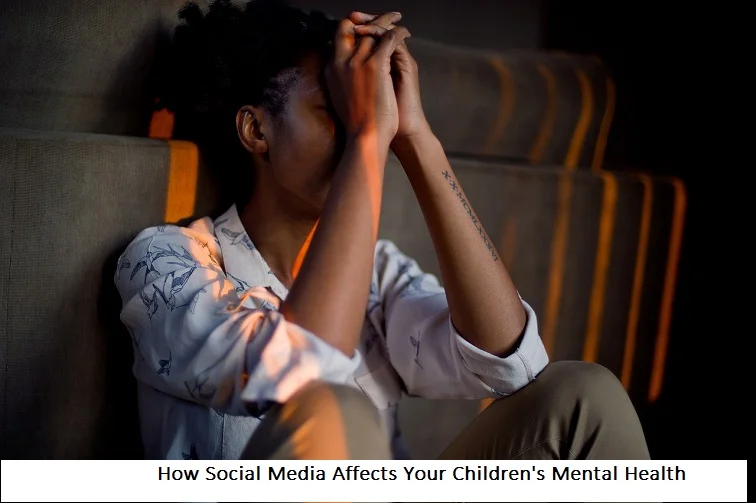+1 845 259 2974 (11 a.m to 7 p.m CST)
Delve Deeper into the World of Anti-Bullying Ads

Surfing through the different television channels, one is sure to come across an anti-bullying commercial every now and then. Famous personalities are hired for these campaigns to promote the idea of a tolerant society that is free from bullying.
There are also dozens of publications that carry anti-bullying messages in an effort to educate people about the hazards of bullying.
The presence of so many ads does bring this question to mind: Do anti-bullying ads really work?
A Word on Anti-Bullying Campaigns
A study published in the Journal of Criminology suggests that the anti-bullying ads and programs implemented in different schools might not be as influential in changing mindsets as previously believed.
The authors of the study observed 7,000 children from 195 different schools to determine child and school influences on bullying. The results were not what the authors might have expected.
The authors revealed that children who attended schools with anti-bullying programs were ‘more’ likely to experience bullying than children who attended schools lacking such programs.
Most anti-bullying programs that were studied by the authors gave an impression that these programs were developed to play on adult fears and misconceptions about bullying by ignoring the perspectives of kids.
The Believers
While there are some who think that running an anti-bullying ad is not such a good idea, there are those who believe that such programs can be effective. Maria Ttofi and David Farrington supported these programs in a piece of writing that appeared in the Journal of Experimental Criminology.
They said anti-bullying campaigners say that some programs might be bad but it does not mean that better options are not available. Some programs present audiences with pimped up statistics, play on public fears and make exaggerated claims about their effectiveness.
On the other hand, campaigns and programs that make an effort to understand the motives behind bullying tend to focus more on educating students about the advantages of reinforcing positive behavior and training them to address such issues on a personal level.
Things are Different Now
Studies conducted by scholars of two countering approaches have shown one group being critical of anti-bullying commercials, while the other voicing supporting for it.
A third group of researchers that include David Finkelhor and colleagues surveyed children in 2003 and then in 2008. They found out that the kids were exposed to less violence in general terms, including bullying.
Moreover, incidents of smoking, drinking, violence, teenage pregnancy, and suicide also subsided among teenagers over the years.
There is no argument over the issue that bullying was once a very severe social problem. Recently, the trend has decreased to a great extent due to the efforts put in by adults.
The kind of hype created around this issue is more superficial than it seems because some negative aspects of these campaigns are conveniently downplayed in ads and commercials.
Bullying can be successfully countered by teaching kids about the bliss of learning positive behavior. There are other important issues that have been previously ignored since bullying basked in the limelight.
It’s time to divert some resources towards other pressing problems being faced by our society in general and teenagers in particular.
Image credit: Laura Bartlett / shutterstock.com
























